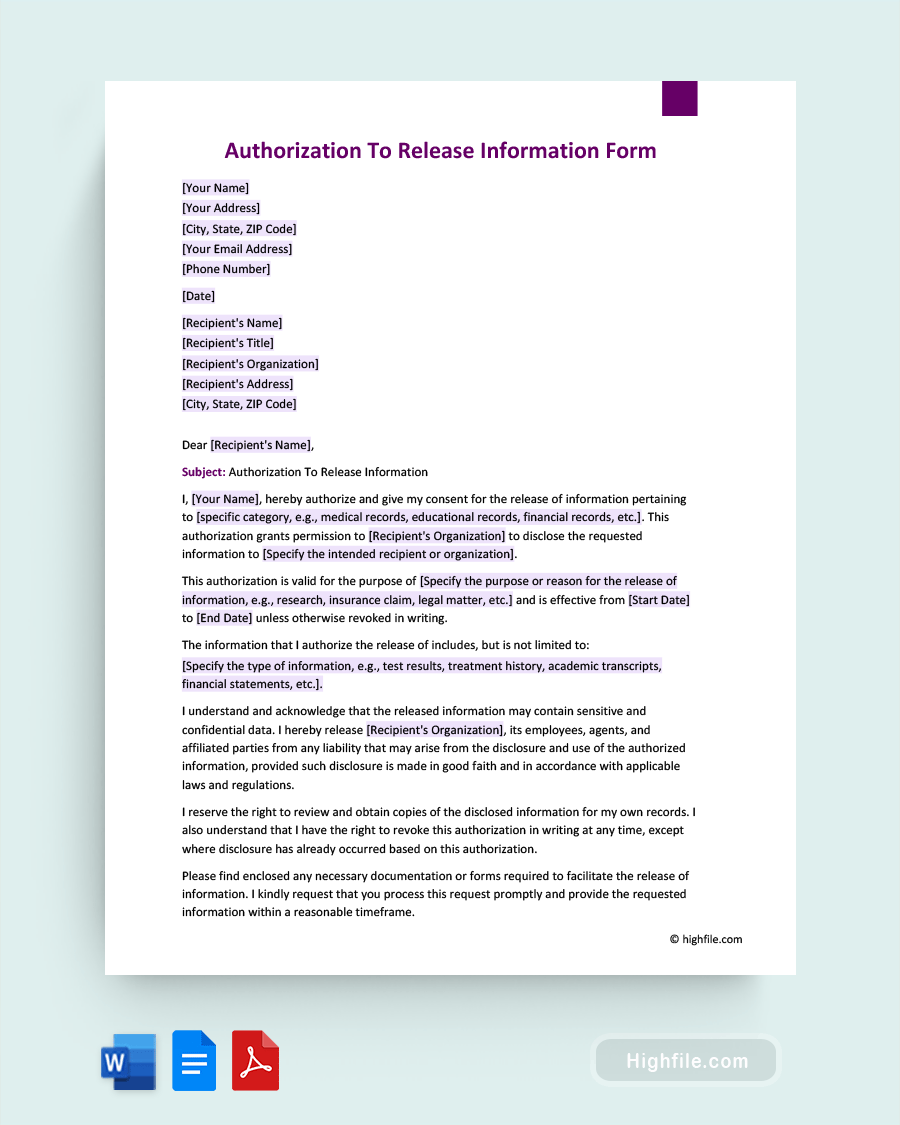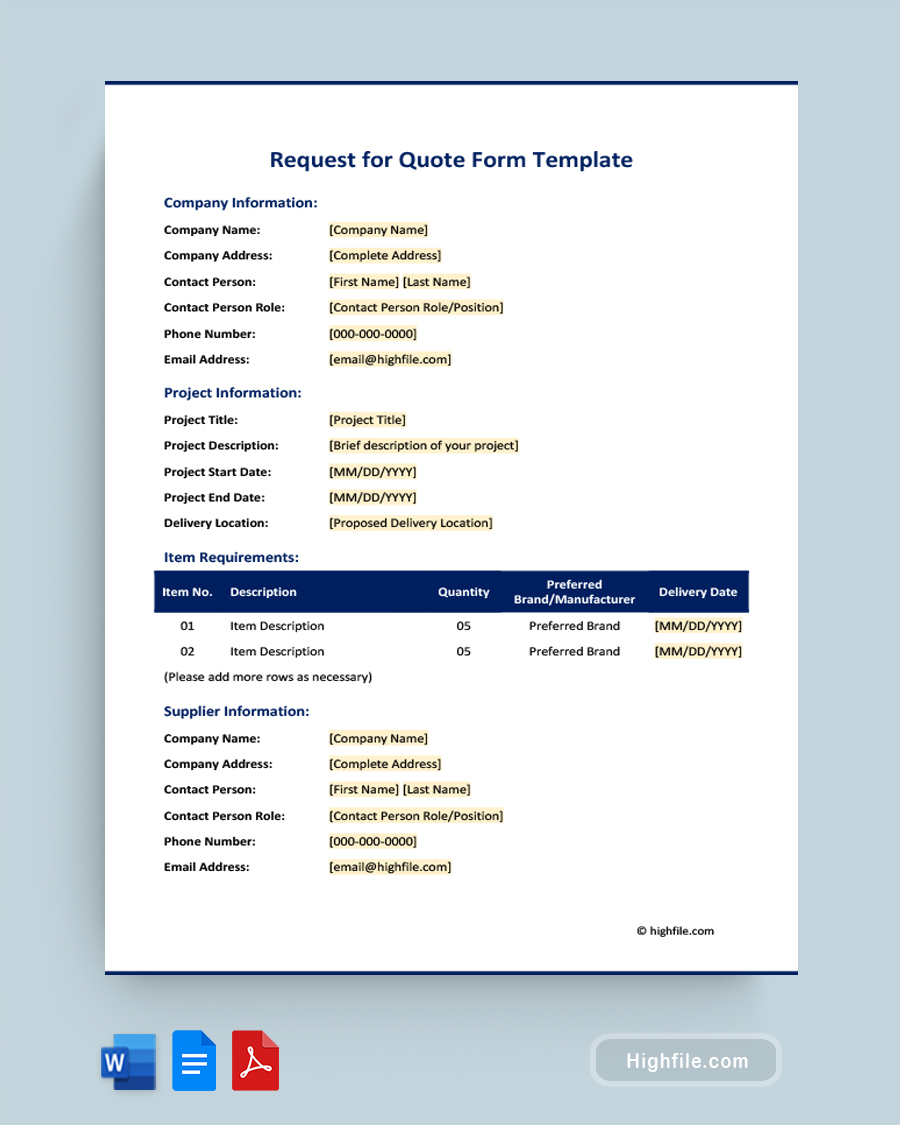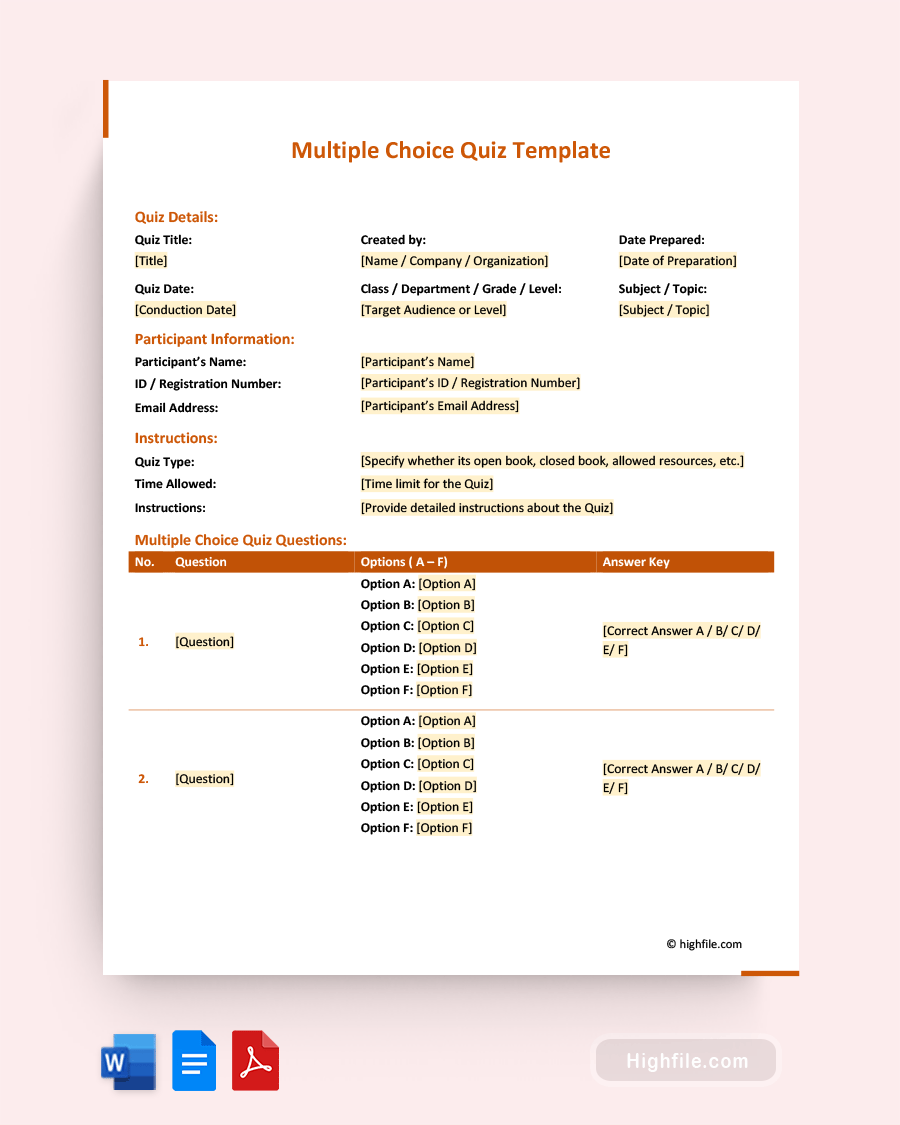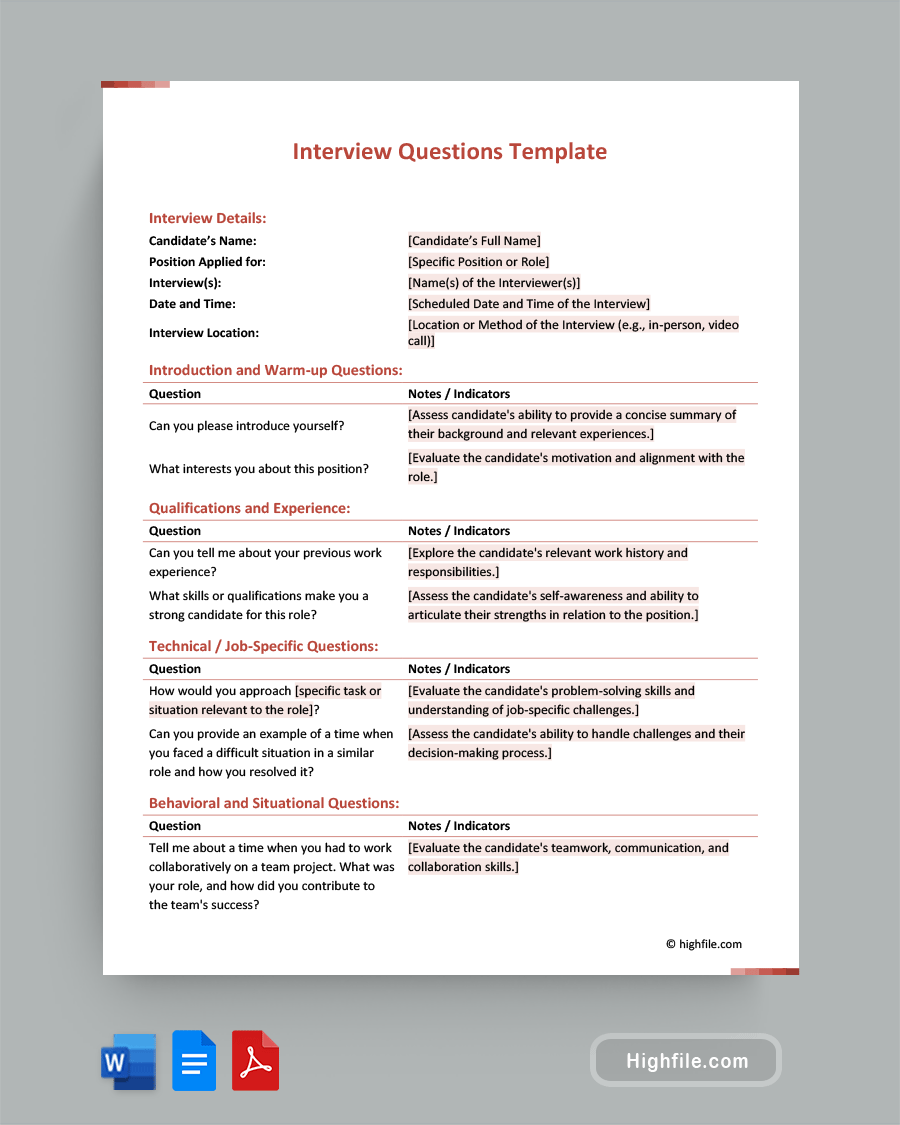You might be surprised by how much of the data you generate that is in your direct control. For example, when you go to a doctor’s office and sign a release of information, you are granting the doctor permission to share or gather your data to help you. Under most circumstances, they cannot access that information or even ask a coworker for a second opinion without your written permission. An Authorization to Release Information Form is more general than a medical release, but it serves much the same purpose. This document allows a specified person or entity to look at or utilize specific data you release to them. Let’s dive deeper into how Authorization to Release Information Forms work.
What is an Authorization to Release Information Form?
An Authorization to Release Information Form is a legal document that grants consent to disclose specific personal information from one party to another. This form allows individuals to control and authorize sharing of their confidential data. Requiring this form helps ensure that sensitive details are only disclosed to authorized recipients for predetermined purposes. These forms may be indefinite unless revoked, or they can have a specific use or validity period.
Authorization to Release Information Form

Why are Authorization to Release Information Forms Important?
Authorization to Release Information Forms are important for legally sharing private information. Filling out this form helps protect the recipient by showing they have appropriate legal permissions to access the information. Here are the major benefits of using this type of documentation:
- Data Privacy: Forms empower people to familiarize themselves with their rights and actively maintain control over sharing their personal information.
- Legal Consent: Disclosure of personal information often requires legal consent. Templates offer a quick, transparent, simple way to make a customized Authorization to Release Information Form and obtain that consent.
- Informed Decision-Making: The release document helps people make informed decisions about sharing their information.
- Transparency: The forms promote transparency by thoroughly detailing what information is being shared and for what purpose.
- Protection Against Unauthorized Sharing: Requiring specific Authorization to Release Information Forms helps ensure that information is only shared with authorized entities.
- Record of Consent: This document provides recorded evidence of an individual’s consent to an information release. It can be referenced later if there’s any confusion or questions about the agreement.
- Liability Clarification: Properly designed forms clarify the liability and responsibility of all parties involved in information sharing.
Essential Elements of Authorization to Release Information Form
The essential elements of an Authorization to Release Information Form are geared toward establishing identities for the releasor and recipient and showing exactly what information is meant to be shared. Here is everything you have to include to ensure you have a professional record of the consent to share data:
- Form Title: The title indicates the form’s purpose and prevents confusion.
- Personal Information: This section has fields for the individual’s personal details, like their name, contact information, and identification.
- Authorization to Release Information Statement: This states the individual’s intention to authorize the release of specific information.
- Entity Authorized to Release Information: Next, you specify the entity or person authorized to disclose the information.
- Recipient of the Information: This part identifies the individual or entity receiving the disclosed information.
- Specific Information to be Released Table: This part of the Authorization to Release Information Form lists the description of information, the date or period of information, and the purpose of the release.
- Checklist: A checklist of the specific type of information being released.
- Expiration: The expiration states the end date when the authorization expires.
- Revocation: This section outlines the process for revoking the authorization. Typically that means submitting a written redaction.
- Acknowledgment: This contains an acknowledgment saying that the person signing the authorization fully understands the implications of the release.
- Signature and Date Lines: At the bottom, you need a space for their signature and the date.
- Witness Signature and Date Lines: You can include this for a witness to sign if local laws, regulations, or policies are applicable.
FAQs
Types of information that can be authorized for release using this form include, but are not limited to, the following:
Medical Records: Health history, diagnoses, treatments, and test results or other relevant medical documents like x-rays
Educational Records: Transcripts, attendance, and enrollment details
Financial Records: Income, tax information, and credit history
Legal Records: Court documents, legal proceedings, and judgments
Employment Records: Job performance, evaluations, and background checks
Personal Identifiers: Social Security numbers, addresses, and contact information
There are many times to use an Authorization to Release Information Form. Here are some of the most common circumstances when you might need to fill out this document:
Medical Treatment: When granting access to medical records for treatment, when transferring to a new doctor, seeing a specialist, or for a consultation
Educational Purposes: When authorizing the release of academic records for enrollment in private or higher institutions, or job applications
Job Applications: When allowing prospective employers to verify your employment history or do a background check
Legal Proceedings: When disclosing legal records for court proceedings or investigations
Insurance Claims: When sharing information like details of an accident or injury with insurance companies for claims processing
Financial Transactions: Releasing financial information for loans or credit checks needed to obtain various financial products like credit cards.
Personal Representatives: Authorizing family members to access your information in emergencies also requires an Authorization to Release Information Form.
To revoke an Authorization to Release Information Form, follow these simple steps:
Draft a Revocation Letter: Create a formal letter stating your intent to revoke the authorization. Using a template can save you a lot of time and effort.
Provide Specifics: Mention the details of the original authorization, including the date.
Deliver the Letter: Deliver the revocation letter to the authorized party via certified mail or email so it is easy to prove delivery.
Retain Proof: Keep copies of the letter and any delivery confirmations for your records.
If the period for information release needs to be extended, here is what you can do:
Create an Extension Form: Draft a new form specifying the extended period.
Notify Authorized Parties: Inform the authorized party about the extension.
Sign the New Form: Both parties sign the new form to acknowledge the extension.
Keep Records: Maintain copies of the original authorization, extension, and related correspondence.
When specifying the purpose of release, consider the following:
Be Specific: State the exact purpose for sharing the information.
Limit Scope: Specify only the information needed for the stated purpose.
Avoid Ambiguity: Use clear and concise language to avoid misinterpretation.
Relevance: Ensure the purpose is directly related to the information.
Consent Duration: Limit the validity period.
You can use this form to authorize the release of your information by multiple entities. However, it’s advisable to customize the document to ensure it covers all entities and purposes for which the release is authorized.
Key Points
Authorization to Release Information Forms are central to controlling your personal information. This document enables essential data sharing with authorized parties. Using these forms empowers people to make informed decisions about information disclosure. They also help maintain transparency and accountability. By understanding the types of information authorized, potential use cases, and the revocation process, individuals contribute to safeguarding their own privacy while also taking a responsible, professional, and structured approach to information sharing.


